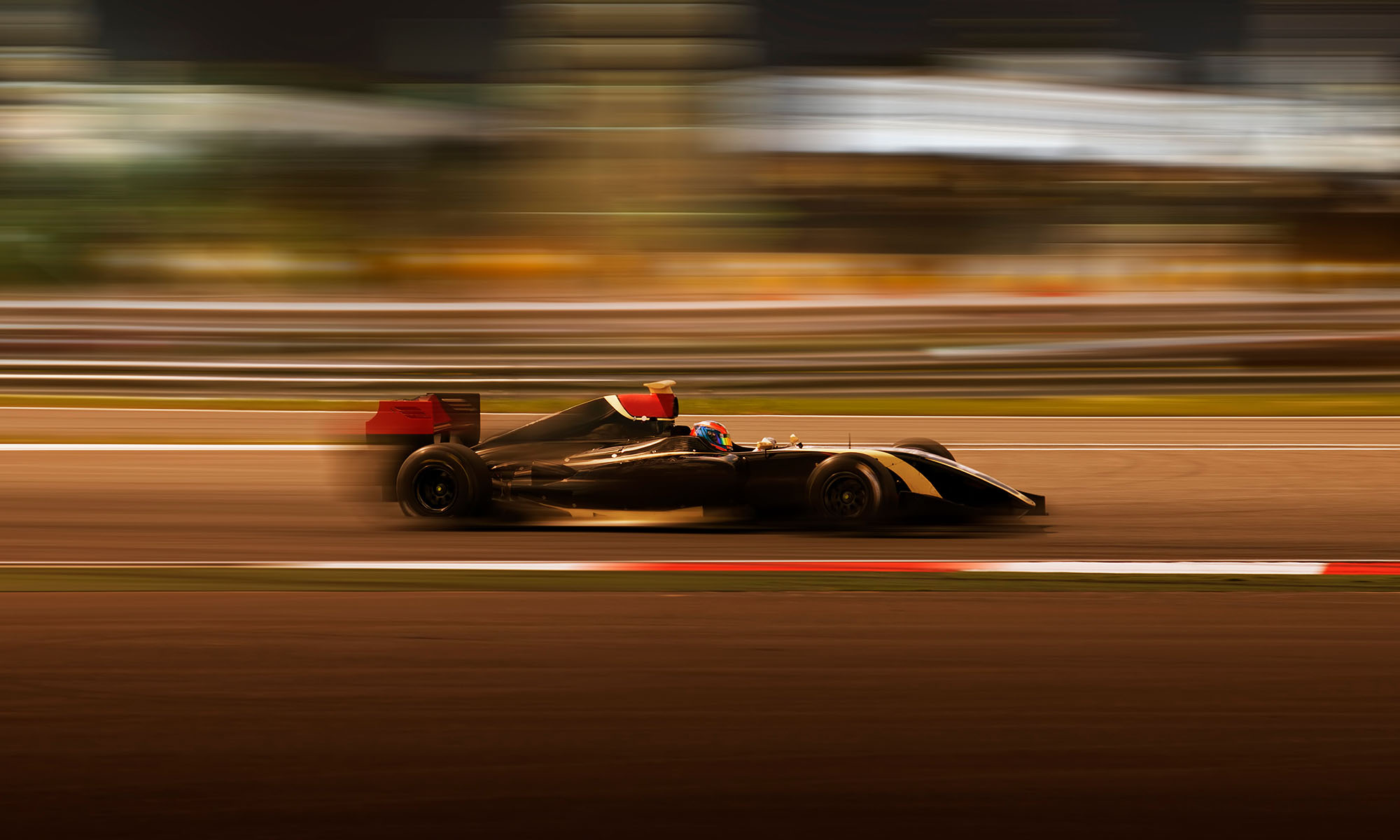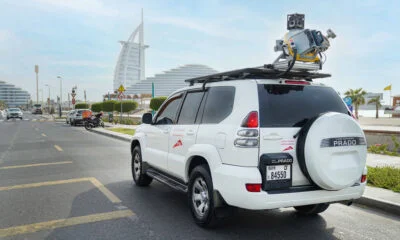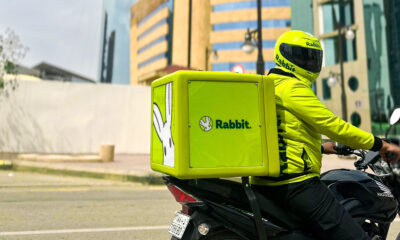News
How Motorsports Teams Use Big Data To Drive Innovation On The Racetrack
Discover how the best motorsports teams in the world use the vast volumes of data they generate to achieve an edge over the competition.

Motorsports — some may not view them as real sports, but nowhere else can you see man and machine working together in perfect harmony, pushing to the absolute limit of performance. While the best racing drivers in the world are battling it out on track, there’s another race going on behind the scenes: a battle of minds with some of the brightest engineers in the world working to extract every ounce of performance out of their machinery. Motorsports are as much a competition for the engineers and crew as it is for the drivers themselves.
At their very core, motorsports are all about finding an advantage over your competitors, however large or small, because every little bit counts. And the best way to gain a competitive edge over your rivals is to use data — tons and tons of it.
Using Data To Unlock On-Track Performance
Racing teams generate and analyze huge volumes of data per race; we’re talking tens of terabytes measuring every single aspect — even the most minute — of not only the vehicle’s performance but also the driver’s.
There are many different categories and classes of motorsports, ranging from road cars to purpose-built racing cars like in Formula One or bikes in the case of MotoGP. These two motorsports have the most popular championships in the world, but for simplicity’s sake, we’re going to stick with Formula One (F1), described as the very pinnacle of motorsports.
Teams collect data for three main reasons: to measure the vehicle’s performance on track, to measure the driver’s performance, and to help the engineers identify and understand key areas of improvement on the car.
F1 cars have thousands of sensors monitoring parameters such as tire temperature, brake temperatures, engine performance, component wear, and so on in real time (known as telemetry data). These teams can also use the data gathered, along with feedback they receive from the drivers, to make minor real-time adjustments to the car during the race, such as engine power settings. This telemetry, along with the weather information the teams gather, can also enable them to devise effective race strategies to decide exactly when to pit and change tires and what compound of tires to switch to, especially when weather conditions are unpredictable.
If this wasn’t impressive enough, the race engineers can also view the driver’s exact inputs: when they’re braking, accelerating, and turning into a corner, alongside a host of other information like heart rate and other biometric data. The engineers can then give them feedback on what is working and what isn’t, enabling the driver to adjust their approach to extract even more performance out of themselves and the car. It’s safe to say that in modern F1, even the cars are data-driven.
Data-Driven Development In The Factory
The petabytes of data gathered by racing teams on the track are then analyzed after the race to determine what areas of the car need improvement. Since F1 greatly restricts on-track testing, teams are forced to rely on incredibly complex simulations to develop the car. The more accurate data they use, the more accurate these simulations.
This data is also used by the team to develop F1 car simulators that are used by the drivers. These simulator rigs are much more accurate, complex, and unsurprisingly expensive compared to consumer simulator rigs. This simulator testing plays a major role in not only helping the engineers understand the characteristics of the car without having to perform on-track testing, but also in helping them set up the car for a race. Each track is different, and the car setup varies depending on the track and weather conditions during the race weekend.
Data Is King
In motorsports, every little advantage can make a difference. And with F1’s recently introduced budget cap, teams can no longer dump huge amounts of money to fix any issues with their cars, meaning data is now the most valuable currency in F1.
Big data analytics will only continue to play an increasingly prominent role in motorsports as has been the case since the early 80s. The most competitive teams are those that know how to effectively use the vast amounts of data at their disposal to drive innovation on the racetrack.
News
PayPal & TerraPay Join Forces For Cross-Border MENA Payments
The collaboration will be especially helpful in regions where traditional banking infrastructure is limited or inconsistent.

PayPal has teamed up with TerraPay to improve cross-border payments across the Middle East and Africa. The move is designed to make it easier and faster for users to send and receive money internationally, especially in regions where traditional banking infrastructure can be limited or inconsistent.
The partnership connects PayPal’s digital payments ecosystem with TerraPay’s global money transfer network. The goal is to streamline real-time transfers between banks, mobile wallets, and financial institutions, significantly improving access for millions of users looking to move money securely and efficiently.
Through the partnership, users will be able to link their PayPal accounts to local banks and mobile wallets using TerraPay’s platform. This means faster transactions and fewer barriers for individuals and businesses across the region.
“The Middle East and Africa are at the forefront of the digital transformation, yet financial barriers still limit growth for many,” said Otto Williams, Senior Vice President, Regional Head and General Manager, Middle East and Africa at PayPal. “At PayPal, we’re committed to changing that […] Together, we’re helping unlock economic opportunity and build a more connected, inclusive financial future”.
For TerraPay, the deal is a chance to scale its reach while reinforcing its mission of frictionless digital transactions.
“Our mission at TerraPay is to create a world where digital transactions are effortless, secure, and accessible to all,” said Ani Sane, Co-Founder and Chief Business Officer at TerraPay. He added that the partnership is a major milestone for enhancing financial access in the Middle East and Africa, helping businesses grow and users move funds with fewer limitations.
Also Read: A Guide To Digital Payment Methods In The Middle East
The integration also aims to support financial inclusion in a region where access to global banking tools is still uneven. With interoperability at the core, TerraPay can bridge the gap between different financial systems — whether that’s a mobile wallet or a traditional bank — making it easier to send money, pay for services, or grow a business across borders.
As the demand for cross-border payment options continues to rise, both PayPal and TerraPay are doubling down on their commitment to provide reliable, secure, and forward-looking financial tools for the region.

























